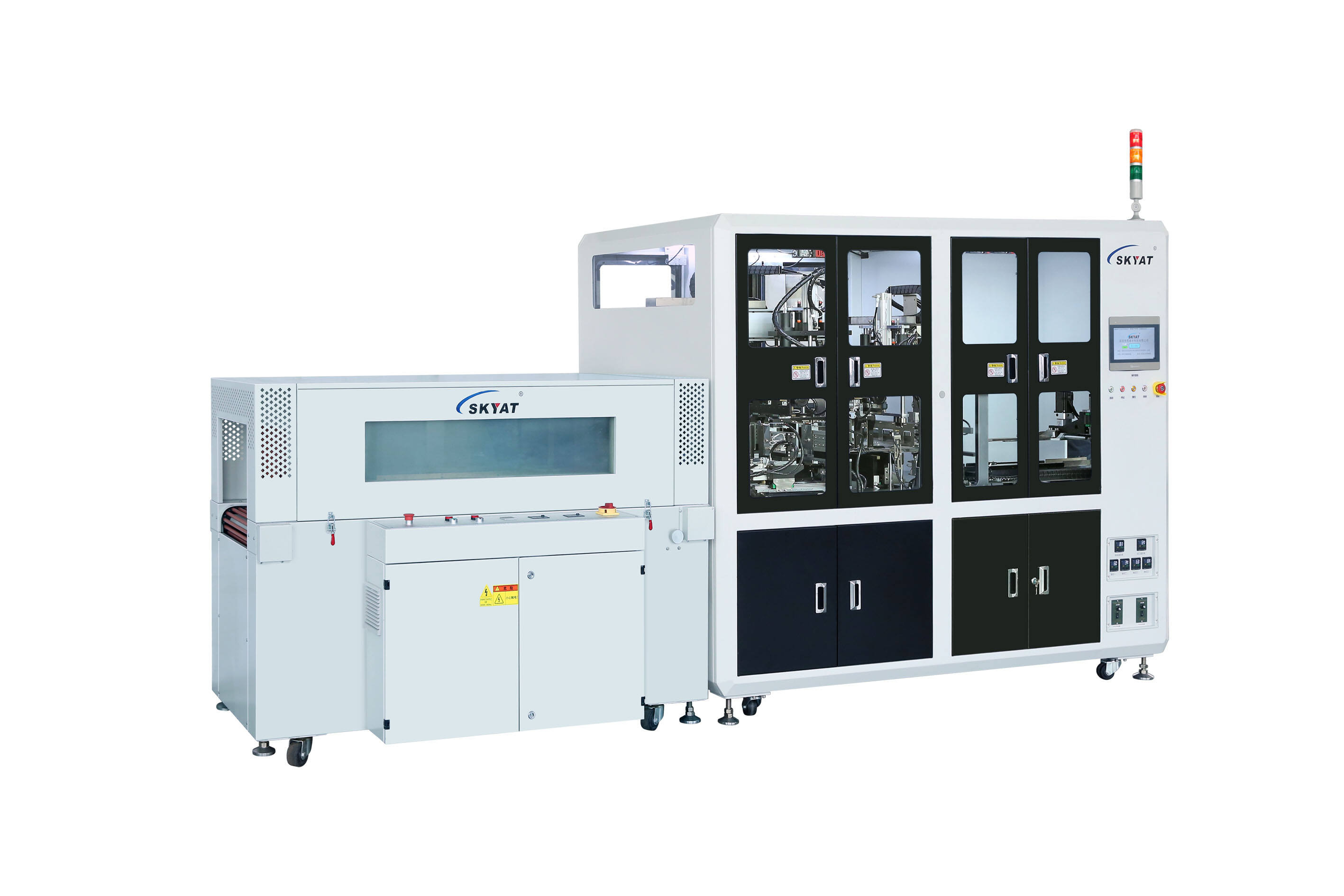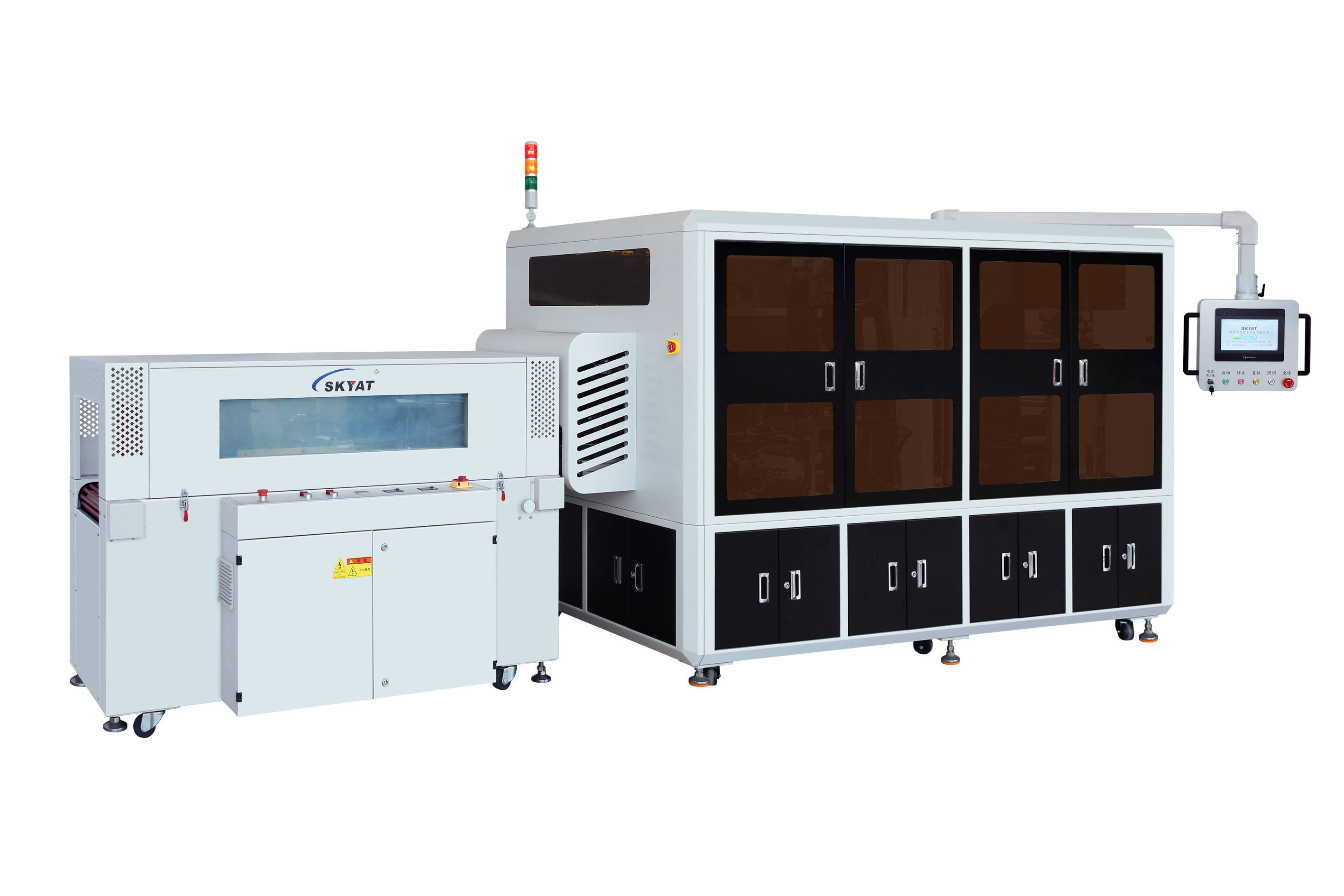Shrink wrapping technology innovations are transforming packaging across industries, combining precision, sustainability, and connectivity to meet evolving demands—from smart electronics miniaturization to new energy sustainability goals. These advancements enhance efficiency, reduce waste, and expand the capabilities of shrink wrapping systems, making them more adaptable and eco-friendly than ever before. Smart sensors and AI-driven controls are revolutionizing precision. Modern machines use 3D vision systems to scan products in real time, adjusting film tension, heat distribution, and cutting parameters to match unique shapes—whether a curved drone component or an irregularly shaped ceramic item. For example, in pharmaceutical packaging, AI algorithms detect vial alignment and automatically correct film positioning, reducing errors by 40% compared to traditional systems. These sensors also monitor film thickness and composition, ensuring optimal shrinking for materials like biodegradable films, which require precise heat control. Sustainability innovations address environmental concerns. Manufacturers now offer machines compatible with 100% recyclable or compostable films, eliminating reliance on single-use plastics. Energy-efficient designs, including heat recovery systems and variable-speed motors, reduce power consumption by 20-30%—critical for 24/7 operations in automotive or steel plants. Some models even feature film recycling attachments that collect and process excess material, further minimizing waste. For tea processors or organic healthcare products brands, these innovations align packaging practices with eco-conscious branding. Connectivity and IoT integration enable remote monitoring and predictive maintenance. Cloud-based platforms allow operators to track machine performance, film usage, and downtime from anywhere, optimizing workflow for multi-site facilities. Predictive algorithms analyze data e.g., heating element wear, conveyor speed fluctuations to alert maintenance teams before failures occur, reducing unplanned downtime by up to 50%. In new energy component factories, this ensures packaging lines stay operational to meet tight production deadlines. Modular and flexible designs cater to diverse production needs. Quick-change film rolls and tool-less guide adjustments allow machines to switch between product types in minutes—ideal for cosmetics brands with seasonal lines or electronics manufacturers handling multiple device models. Some systems even integrate with robotic arms for automated loading of delicate items like circuit boards, reducing human contact and contamination risks in pharmaceutical or food packaging. Advanced materials compatibility expands application ranges. New machines handle ultra-thin films for lightweight items like tea bags and ultra-thick, puncture-resistant films for steel parts with equal precision. Heatless shrinking technologies, though still emerging, offer potential for heat-sensitive products like certain pharmaceuticals or smart electronics with temperature restrictions. These innovations make shrink wrapping technology more versatile, efficient, and sustainable, ensuring it remains a cornerstone of modern packaging across industries. By embracing these advancements, businesses can enhance product protection, reduce costs, and align with global trends toward greener, smarter manufacturing.




Copyright © 2025 By Skyat Limited. - Privacy policy